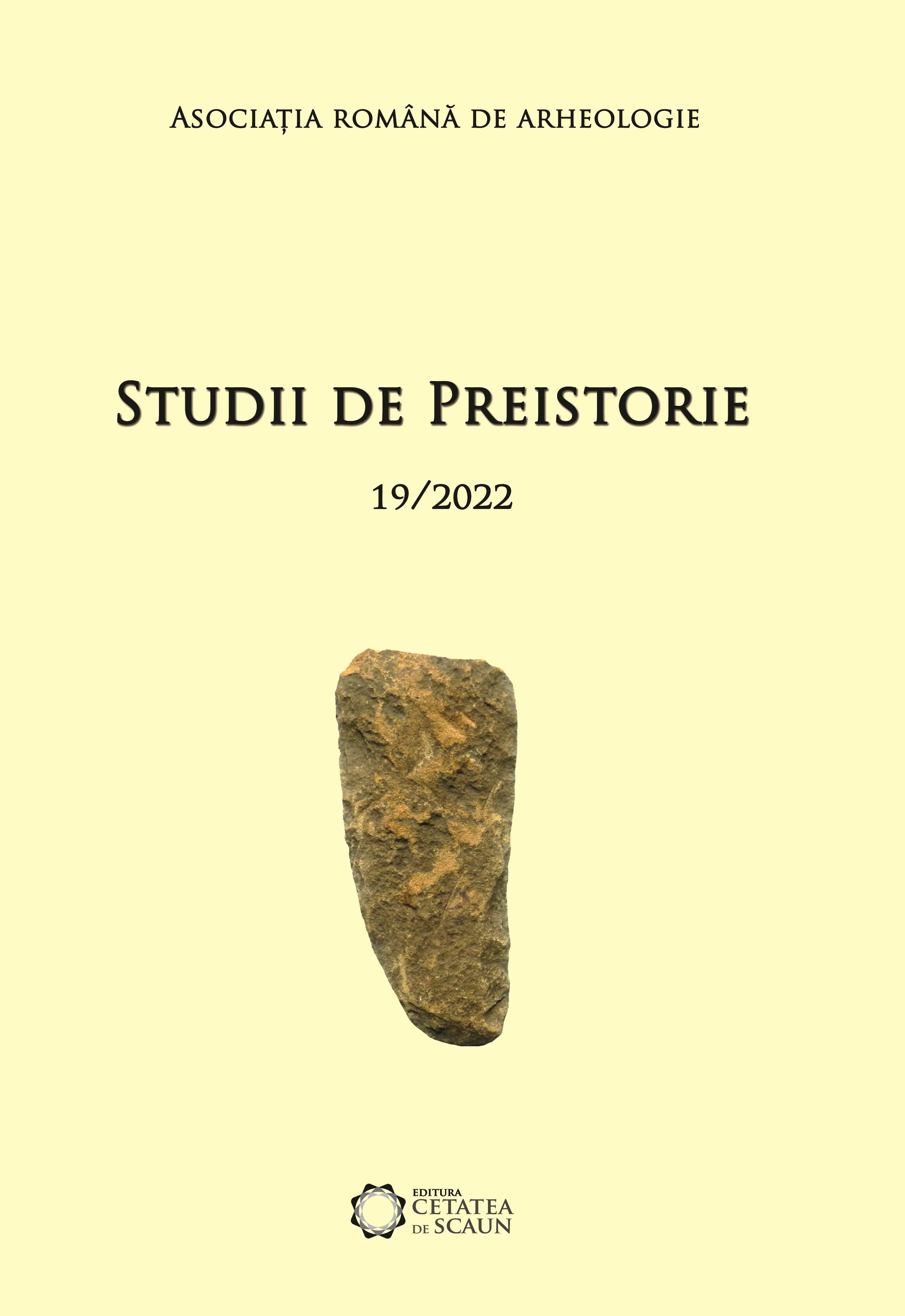An investigation and analysis of the petroglyphs of Qoshadash, Sungun, Varzeqan (NW Iran)
An investigation and analysis of the petroglyphs of Qoshadash, Sungun, Varzeqan (NW Iran)
Author(s): Mosayeb Narimani, Behrouz Afkhami, Reza RezalouSubject(s): Archaeology
Published by: Editura Cetatea de Scaun
Keywords: Northwest Iran; Sungun; rock art; petroglyph; typology;
Summary/Abstract: As an earliest manifestation of the visual arts in human history, petroglyphs most probably represented the most universal means of message conveyance in antiquity. They undoubtedly have some bearing on understanding social relations, beliefs, culture and other aspects of human life as they reveal aspects of contemporary art and aesthetics. A profusion of petroglyphs have been recovered throughout the world. In Iran, the Qara Dagh region of Azerbaijan is among the major districts with abundant evidence of such art. Archaeological surveys in the area of the Sungun Copper Mine in Varzeqan County in the summer of 2022 identified three fresh petroglyph sites. Coming in a wide variety of human, animal and emblematic motifs, the portrayed images tend to reflect pecking technique, but rare instances of incising/engraving are also attested. Examining the petroglyphs from Qoshadash, one of the three recently discovered sites, the present paper sought to: 1) specify the existing motif types at the site, and 2) set out the comparisons with other sites. This descriptive analytic work drew upon data from both field and library research. Typologically, human, animal and geometric motifs were identify, and parallels in motif design occurred with different regions of Iran and the Caucasus.
Journal: Studii de Preistorie
- Issue Year: 2022
- Issue No: 19
- Page Range: 69-82
- Page Count: 14
- Language: English

